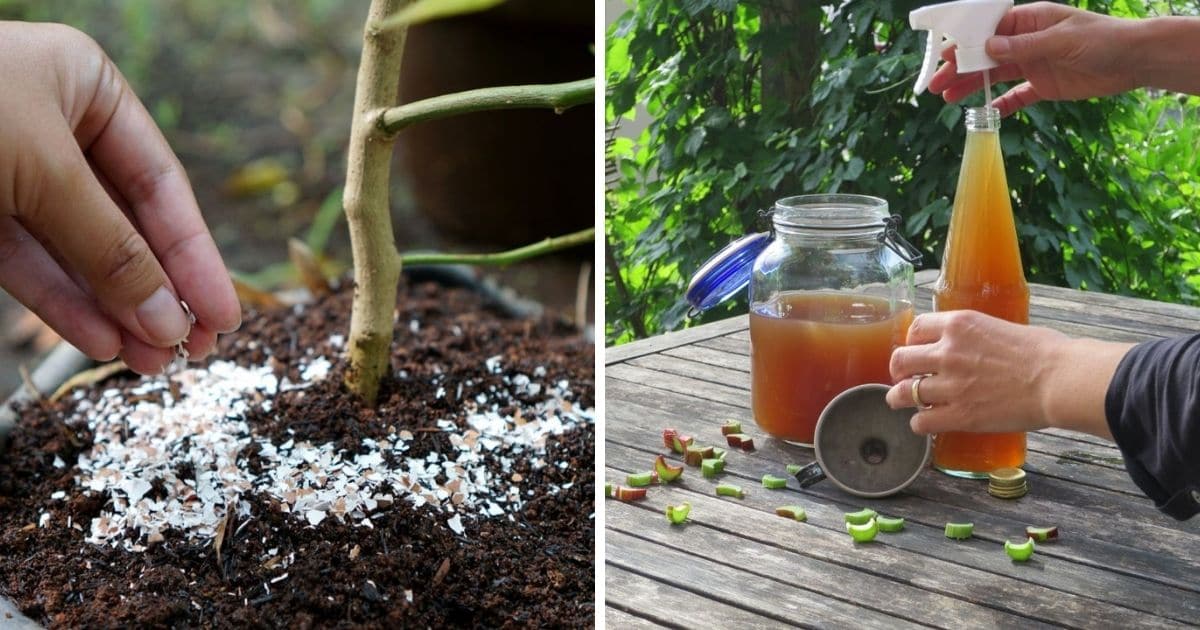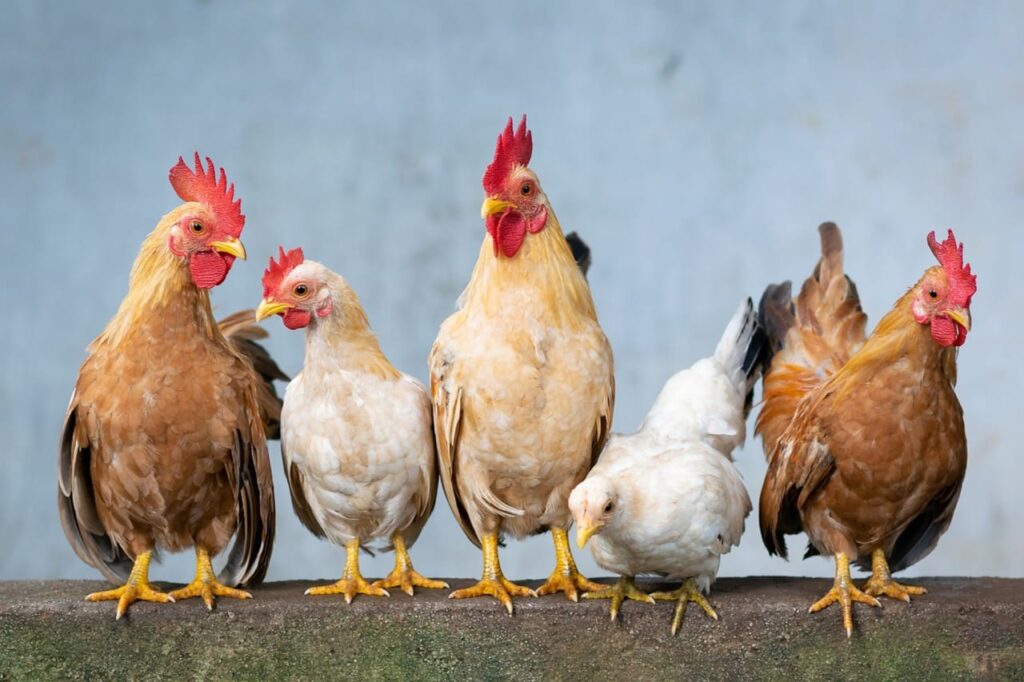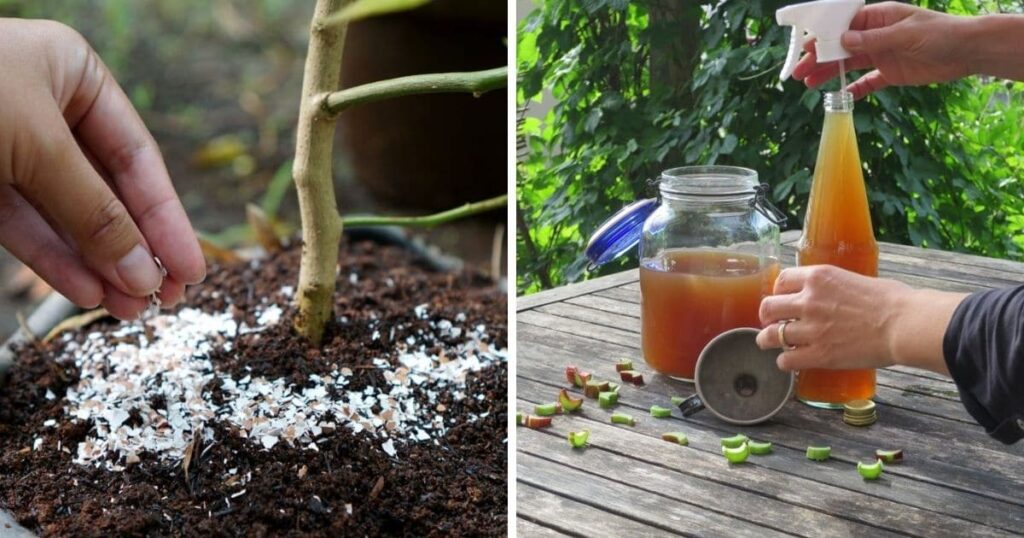How to make free liquid fertilizer at home

If you love gardening but want to avoid spending money on store-bought fertilizers, learning how to make free liquid fertilizer at home is a game-changer. Homemade liquid fertilizer is easy, eco-friendly and incredibly effective. By recycling organic waste from your kitchen and garden, you can feed your plants naturally, improve soil health and reduce your household waste all without using harmful chemicals.
Why make your own liquid fertilizer?
Liquid fertilizer provides plants with nutrients in a form that’s quickly absorbed through the roots or leaves. It’s a fast and sustainable way to nourish your garden, especially during the growing season. Unlike synthetic fertilizers that can degrade soil quality over time, homemade fertilizers improve soil structure and microbial activity leading to healthier, more productive plants.
Making your own liquid fertilizer also helps you save money and reuse organic materials that would otherwise end up in the trash. From banana peels to grass clippings, nearly everything you throw away can be turned into nutrient-rich plant food.
Materials you can use
Homemade liquid fertilizers can be made from common organic materials found in your home and yard. These materials decompose in water, releasing essential nutrients that plants need to thrive.
1. Kitchen Scraps
Your kitchen waste is a treasure trove of plant nutrients.
- Fruit and vegetable peels: Banana, potato and citrus peels add potassium and phosphorus.
- Coffee grounds: Provide nitrogen to support leafy growth.
- Eggshells: Rich in calcium, helping strengthen plant cell walls and prevent blossom end rot in tomatoes and peppers.
2. Yard and Garden Waste
Your yard can supply an endless source of natural fertilizer ingredients.
- Grass clippings: Break down quickly, adding nitrogen to the mix.
- Weeds: Great source of trace minerals, but use them before they go to seed to avoid spreading.
- Plant trimmings: Leaves, stems and prunings can all be recycled into fertilizer.
3. Other natural sources
For an extra nutrient boost, try incorporating these organic materials:
- Manure: Use aged or composted manure to prevent plant burns.
- Seaweed: Provides trace minerals and natural growth hormones.
- Fish scraps: Heads, bones and guts create a potent fish emulsion fertilizer rich in nitrogen and phosphorus.
Methods to make liquid fertilizer
There are several ways to turn these natural materials into powerful liquid fertilizers. Each method varies slightly, but all produce a nutrient-rich solution your plants will love.
1. Compost Tea
This is one of the simplest methods. Fill a bucket halfway with compost or compostable materials, then top it up with water. Let it steep for several days to a few weeks, stirring occasionally. Once ready, strain the liquid and dilute it before watering your plants.
2. Manure Tea
Place well-aged manure inside a burlap sack or old pillowcase. Submerge it in a large bucket or barrel of water and let it steep for a few days. Stir the mixture daily, then strain and dilute before applying. Manure tea adds nitrogen, phosphorus and potassium the three major plant nutrients.
3. Weed Tea
Don’t throw away those garden weeds! Collect them before they form seeds and soak them in water for several weeks. The result is a nutrient-dense “weed tea” that boosts soil fertility. Remember to strain and dilute the liquid before use to avoid overfeeding your plants.
4. Seaweed Extract
Rinse fresh or dried seaweed to remove salt, chop it up and soak in a bucket of water for a few weeks. Once ready, strain and dilute the liquid before applying. Seaweed extract promotes strong root growth and helps plants resist stress.
5. Fish Emulsion
This method uses fish scraps such as heads, bones, and guts. Place them in a bucket of water and allow the mixture to ferment for a few weeks, stirring occasionally. Once the liquid turns dark and rich, strain it, dilute it and use it as a powerful fertilizer.
Tips for best results
- Dilution: Always dilute your homemade fertilizer before applying. A good ratio is 1 part fertilizer to 10 parts water.
- Application: Pour the diluted solution at the base of your plants as a soil drench or spray it on leaves as a foliar feed.
- Frequency: Apply every 2–4 weeks during the growing season or whenever plants show nutrient deficiencies.
- Storage: Keep your liquid fertilizer in a sealed container stored in a cool, dark place. Use it within a few weeks for the best results.
Why Homemade fertilizer matters
Creating your own liquid fertilizer at home is more than just a gardening hack it’s a step toward sustainability. It helps you reduce kitchen and garden waste, eliminates reliance on synthetic fertilizers, and supports a healthier ecosystem.
Your plants get all the nutrients they need naturally, while you save money and protect the environment. Whether you grow vegetables, flowers or houseplants, homemade liquid fertilizer keeps your garden thriving the natural way.











